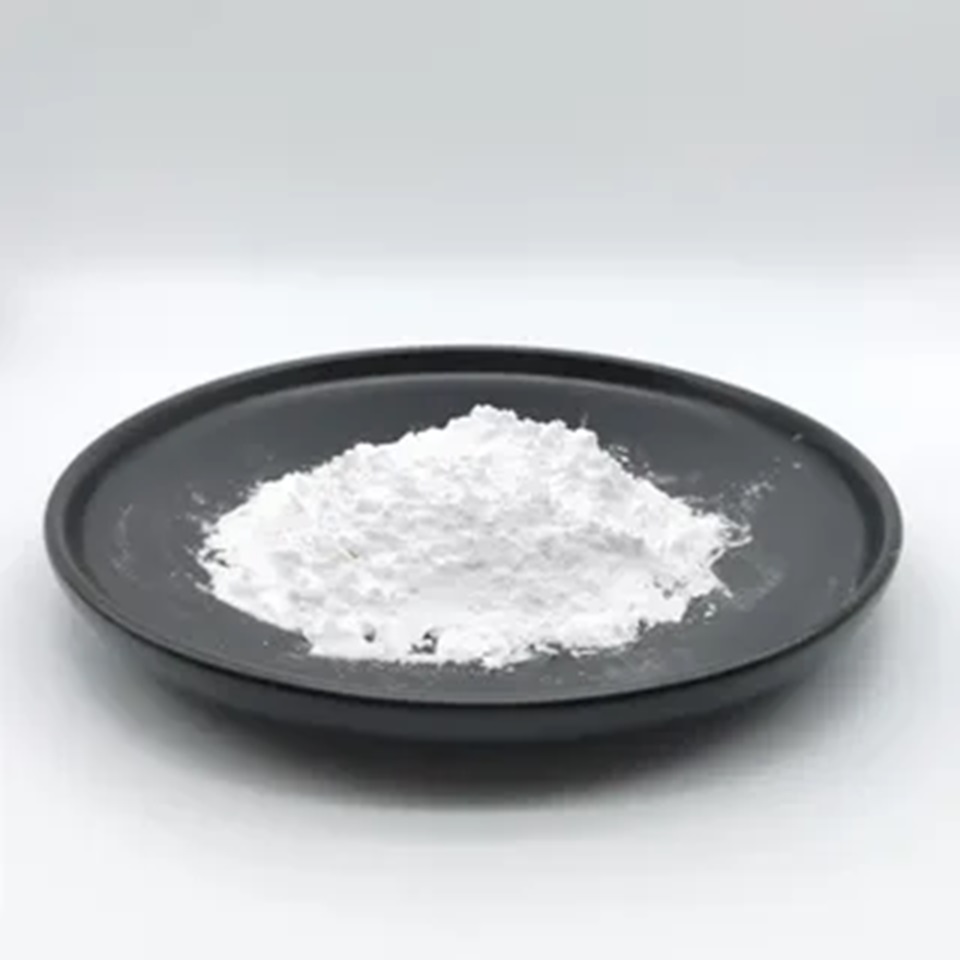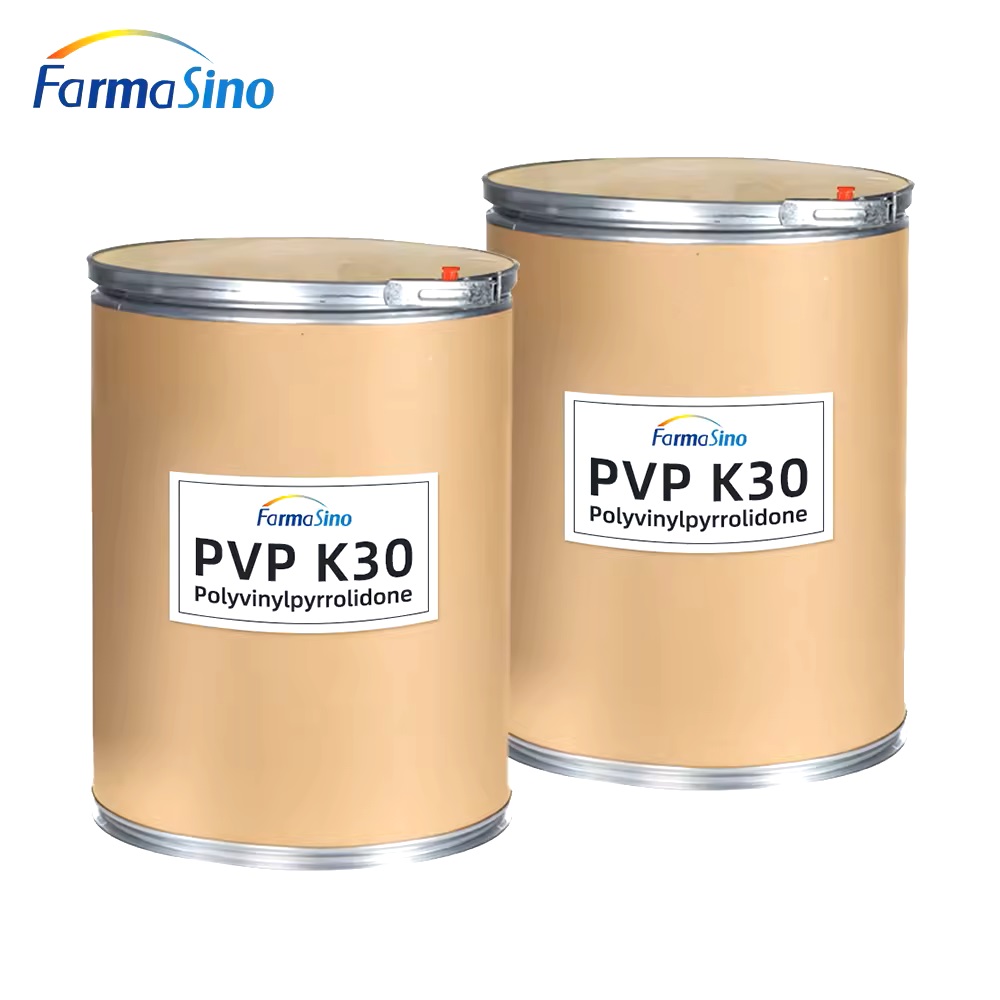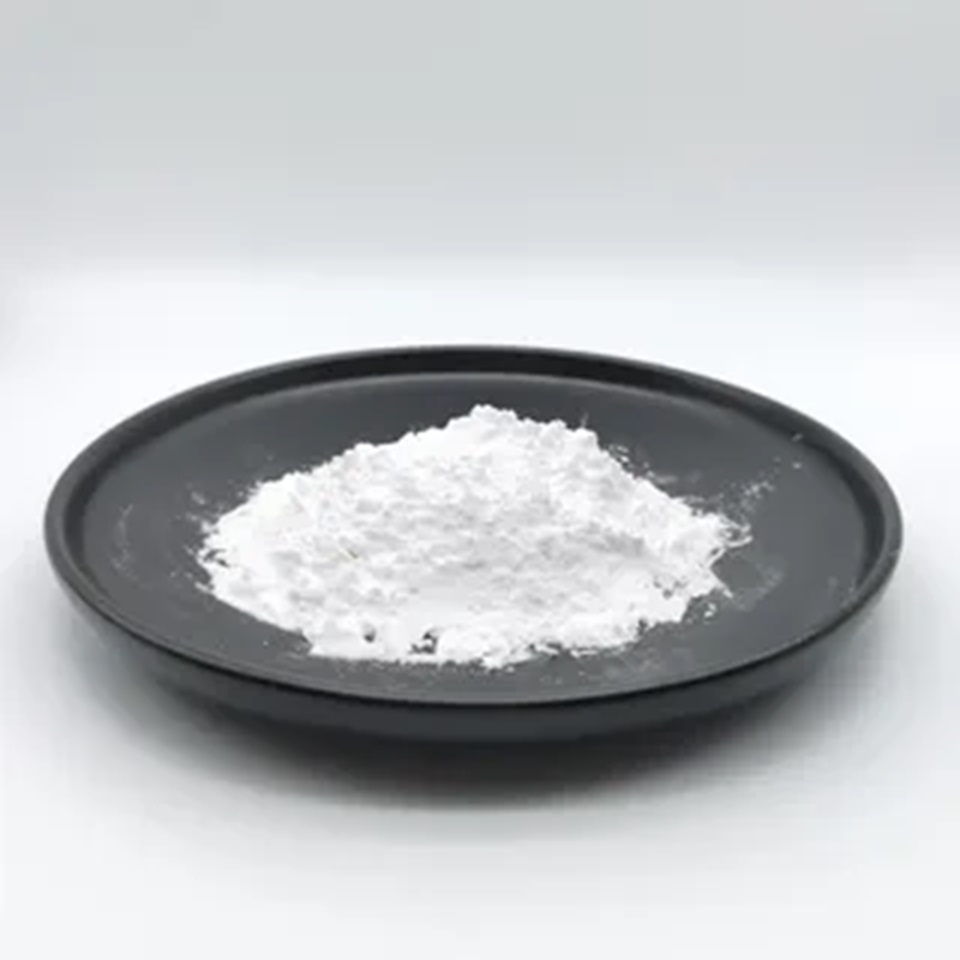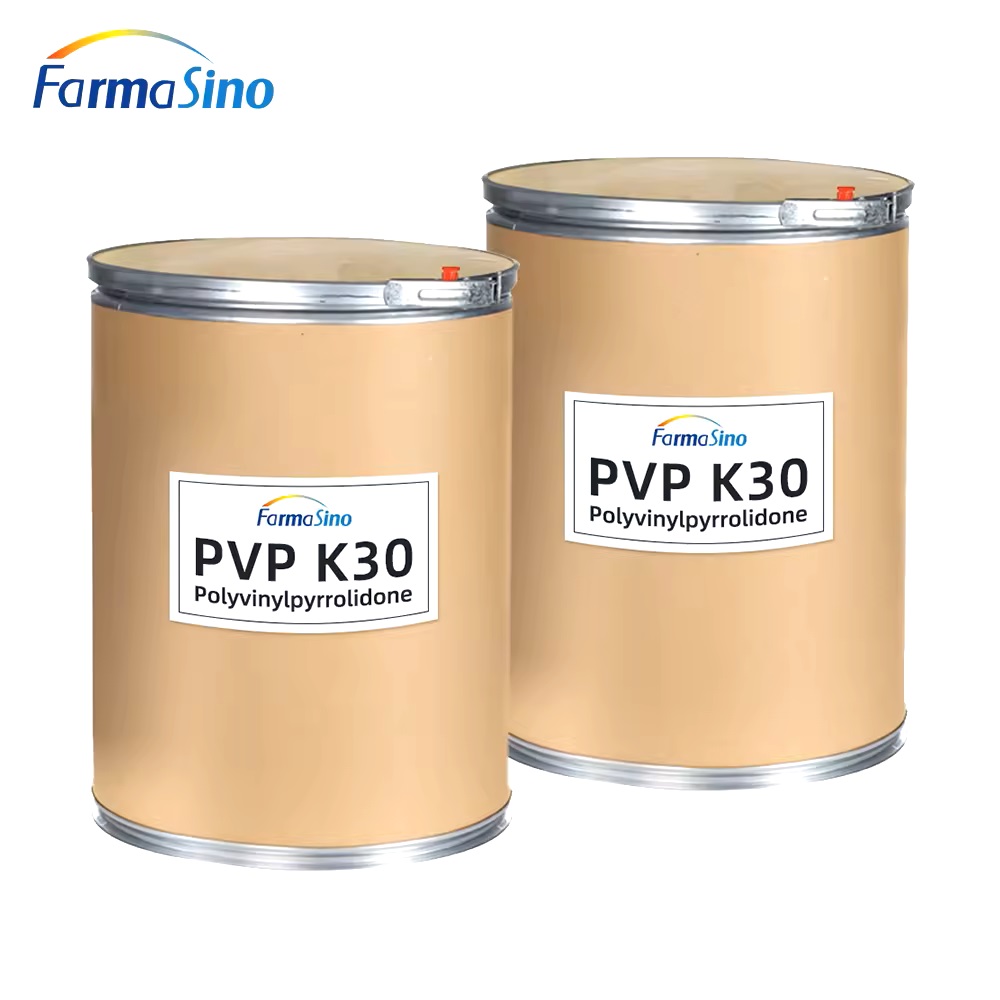We unleash your business potential by maximize the business innovation.
Send EmailPolyvinyl Pyrrolidone, Crospovidone, Polyvinyl Pyrrolidine, Povidone, Kollidon, Polyvidone, Plasdone, Polyvinylpyrrolidone, PVP-K30, PVP-K60, PVP-K90, 9003-39-8
BASF PRODUCTS:
Polyvinylpyrrolidones and Copolymers
Product Chemical nature Molar mass [g/mol] K-Value Physical form [23 °C], Concentration [%] Viscosity [mPa·s]
- Sokalan® K 17 P Polyvinylpyrrolidone 9000 approx. 17 Powder approx. 98 ----
- Sokalan® K 30 P Polyvinylpyrrolidone 50000 approx. 30 Powder approx. 98 ----
- Sokalan® K 30 sol. 30% Polyvinylpyrrolidone 50000 approx. 30 Liquid approx. 30 approx. 120
- Sokalan® K 90 P Polyvinylpyrrolidone 1400000 approx. 90 Powder approx. 98 -----
- Sokalan® K 90 sol. 20% Polyvinylpyrrolidone 1600000 approx. 96 Liquid approx. 20 approx. 28000
- Sokalan® K 115 AT 1 Polyvinylpyrrolidone 2200000 approx. 120 Liquid approx. 11 approx. 3000
- Sokalan® HP 165 Polyvinylpyrrolidone 9000 approx. 17 Liquid approx. 30 approx. 20
- Sokalan® VA 64 P Vinylpyrrolidone/Vinylacetate copolymer 65000 approx. 28 Powder approx. 98 ---
- Sokalan® HP 66 A Modified Polyvinylpyrrolidone 40000 approx. 36 Aqueous solution approx. 41 approx. 2000
PVP K90 is also known by several other names, including:
-
Polyvinylpyrrolidone K90
-
Povidone K90
-
Plasdone K90
-
Polyvidone K90
-
Kollidon K90
These names are often used interchangeably in various industries, especially pharmaceuticals and cosmetics.
CAS: 9003-39-8
Molecular Formula: (C6H9NO)n
Names and Identifiers
| Name | Polyvinylpyrrolidone |
| Synonyms | PVP K-30 PVP-K PVP-K30 PVP-K17 PVP-K25 PVP-K90 Povidone PVP K 30 Crospovidone Polyinylpyrrolidone Polyvinylpyrrolidine Polyvinylpyrrolidone Polyvinglpyrrolidone Polyvinyl pyrrolidone poly vinyl pyrrolidone |
| CAS | 9003-39-8 |
| EINECS | 1312995-182-4 |
Physico-chemical Properties
| Molecular Formula | (C6H9NO)n |
| Molar Mass | 111.143 |
| Density | 1,69 g/cm3 |
| Melting Point | 130℃ |
| Boling Point | 90-93 °C |
| Water Solubility | >=10 g/100 mL at 20 C |
| Appearance | White powder |
| Storage Condition | Room Temprature |
| Physical and Chemical Properties |
Melting Point: 130°C |
| Use | Used as stationary liquid for gas chromatography |
Risk and Safety
| Safety Description | S24/25 - Avoid contact with skin and eyes. |
Upstream Downstream Industry
| Raw Materials | Ethanolamine 1,3-BUTADIENE 1,4-Butanediol N-Vinyl-2-pyrrolidone |
Nature
white powder, with slightly odor. Hygroscopic. Soluble in water, ethanol, ether and other organic solvents. For a variety of substances have a strong ability to complex adsorption.
Preparation Method
The product is obtained by polymerizing n-vinyl-2-pyrrolidone in the presence of a basic catalyst or N,N'-vinyltriazole, followed by purification.
Standard
This product is obtained by polymerizing pyrrolidone and ethylene under pressure to form a vinyl pyrrolidone monomer by the action of a catalyst. 1-vinyl-2-pyrrolidone homopolymer having an average molecular weight of 3.8x 104 and a molecular formula of (C6H9NO)n, where n represents the average number of 1-vinyl-2-pyrrolidone moieties.
Trait
- This product is white to milky white powder; Odorless or slightly odorous, tasteless; With hygroscopicity.
- This product is soluble in water, ethanol, isopropanol or chloroform, and insoluble in acetone or ether.
Use
used as a colloidal stabilizer and clarifier, can be used for the clarification of beer, according to the production needs of the appropriate amount of use.
Differential diagnosis
- take 2ml of this product aqueous solution (1-50), add 2ml of lmol/L hydrochloric acid solution and several drops of potassium dichromate solution, and generate orange-yellow precipitate.
- take 3ml of this product aqueous solution (1-50), add about 15mg of cobalt nitrate and about 75mg of ammonium thiocyanate. After stirring, add dilute hydrochloric acid Dropwise to make it acidic, which generates light blue precipitate.
- take 3ml of this product aqueous solution (1-50) and add 1-2 drops of test solution to generate brown-red precipitate, which is stirred and dissolved into brown-red solution.
Safety
sealed and preserved at room temperature, dry and protected from light.
Exam
k value
take L. 00g of this product (calculated as anhydrous), weigh it accurately, put it in a 100ml measuring flask, add appropriate amount of water to dissolve it, after placing in a constant temperature water bath at 25°C ± 0.05°C for 1 hour, add water to dilute to the scale, check according to law (General rule 0633 method), and measure the relative viscosity to calculate the k value according to the following formula, should be 27.0 to 32.0.
pH
take this product 1.0g (calculated by anhydrous), add water 20ml dissolved, check according to law (General rule 0631), pH value should be 3.0-7.0.
aldehyde
take about 20.0g of this product (calculated as anhydrous), put it in a round-bottom flask, add 4.5mol/L sulfuric acid solution, heat and reflux for 45 minutes, and let it cool; separately take hydroxylamine hydrochloride solution (take hydroxylamine hydrochloride 6.95g, add water to dissolve and dilute to 100ml, adjust pH value to 3.1ml with ammonia test solution) 20ml, put the Erlenmeyer flask, then place the Erlenmeyer flask in ice bath, connect the distillation device, the lower end of the condenser tube was inserted under the liquid surface of the human hydroxylamine hydrochloride solution, and heated for distillation. When the total volume of the receiving liquid was about 120ml, the distillation was stopped, and the distillate was titrated with sodium hydroxide solution (O .lmol/L) titration to pH value of 3.1, and the titration results with blank test correction, consumption of sodium hydroxide titration solution (0.lmol/L) shall not exceed 9.lml.
N-vinylpyrrolidone
take 10.0g of this product (calculated as anhydrous), add water 80ml to dissolve, add sodium acetate lg, precision Iodine titration solution (0.05mol/L)10ml, place for 10 minutes, with sodium thiosulfate titration solution (O.lmol/L) titration, when the end point is reached, add 2ml of starch indicator solution, continue titration until the blue color disappears, and correct the titration result with blank test, consumption of Iodine titration solution (0.05mol/L) should not exceed 3.6.
moisture
take this product, according to the determination of moisture (General 0832), the water content shall not exceed 5.0%.
ignition residue
take l.Og of this product and check it according to law (General rule 0841). The residue left shall not exceed 0.1%.
Heavy metals
The residue left under the item of taking the ignition residue shall not contain more than 10 parts per million of heavy metal when examined by law (General Principles 0821, Law II).
nitrogen content
take this product about O.lg, precision weighing, put in the Kjeldahl nitrogen determination bottle, add potassium sulfate log and copper sulfate 0.5g successively, slowly add 20ml sulfuric acid along the wall of the bottle, put a small funnel at the mouth of the Kjeldahl nitrogen determination bottle, slowly heat with direct fire, once the solution had a clear green color, heating was continued for 30 minutes and allowed to cool. Transfer to a 100ml measuring flask, dilute to the scale with water, and shake. The distillate is titrated with a sulfuric acid titration solution (0704 mol/L) and the titration result is corrected with a blank test by precisely sucking 10ml and measuring according to the nitrogen determination method (General rule 0.005 second method). The nitrogen content should be between 11.5% and 12.8%, calculated as anhydrous.
Category
pharmaceutical excipients, adhesives and cosolvents.
Storage
light-shielded, sealed, and stored in a dry place.
Nature
| storage conditions | 2-8°C |
| solubility | H2O: soluble100mg/mL |
| morphology | powder |
| color | White to yellow-white |
| PH value | 3.0-5.0 |
| water solubility | Soluble in water. |
| sensitivity | Hygroscopic |
| Merck | 14,7697 |
| stability | Stable. Incompatible with strong oxidizing agents. Light sensitive. Hygroscopic. |
| (IARC) Carcinogen Classification | 3 (Vol. 19, Sup 7, 71) 1987 |
Security information
| WGK Germany | 1 |
| RTECS number | TR8370000 |
| auto-ignition temperature | 440 °C |
| TSCA | Yes |
| customs code | 39059990 |
| Toxicity | LD50 orally in Rabbit: > 2000 mg/kg |



